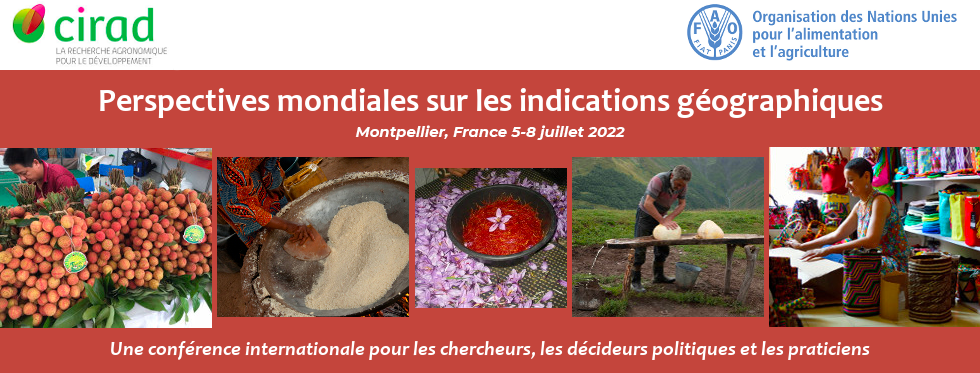In France, Geographical Indications (GIs) and other quality signs such as Label Rouge and Spécialité Traditionelle Garantie are collectively managed using organizations called organismes de défense et de gestion (ODGs). The internal structures of ODGs can vary greatly –– some have only one class of members (farmers,) while others have several classes or colleges comprised of different types of operators in the value chain (downstream, upstream.) French statutes and regulations provide a basic platform and some common rules for ODGs, but a high degree of flexibility and deference is given to groups to structure their organization in a way that matches their needs. For this research, we studied the structure of 12 French ODGs in order to investigate the different ways that collective management organizations can be organized across different product types, volumes, farm and value chain characteristics. Our study pays special attention to the place of the farmer –– their equity within the value chain vis-à-vis other value chain operators (pouvoir de decision.) Using in-depth interviews and document analysis of groups' statutes, we analyzed ODGs' democratic structure, as well as their delegation of management: which decisions are made by the general assembly (Assemblée Général,) which by the board of directors (Conseil d'Adminstration,) which by paid managers, and which by the operators themselves. From the results, we developed a typology to apply to other ODGs and to collective management bodies for GIs elsewhere in the world, detailing the farmer voice and relative equity among the operators for each type. Here we present this typology and discuss the main factors that can lead to differences in structure.

Internal Structure and Equity of Collective Management Organizations for GIs in France
1 : Michigan State University [East Lansing]
(MSU)
-
Site web
220 Trowbridge Rd East Lansing, MI 48824 -
États-Unis
2 : Systèmes d'Elevage Méditerranéens et Tropicaux
(SELMET)
Univ. Montpellier, INRA, CIRAD, Montpellier SupAgro
34000 Montpellier -
France
3 : Processus d'Innovation, Compétitivité dans l'Agriculture et la Ruralité & Territoires
(PICAR-T)
-
Site web
* : Auteur correspondant
Institut catholique de Paris
19 r Pierre Waguet BP 30313 60026 BEAUVAIS CEDEX -
France


